The University of Kansas Field Station and Ecological Reserves
One of the really neat things about being a biologist is that your vacations times can do double duty. For instance by spending the day in the Lamar valley in Yellowstone observing grizzlies and wolves or spending a day exploring dinosaur trackways in an eastern Colorado canyon I get the benefits of relaxation and experiencing our natural wonders while at the same time increasing my own background and resources that help to make me a better biology teacher. Doing these kinds of activities with other biology teachers is simply the best. I’ve said it before and I’ll say it here, again; I really enjoy going on field trips with fellow biologists–we share so much in common in our interests and in what we find to be important about life, itself.
Over the years one of those really neat experiences reserved for biologists, amateur biologists like birdwatchers and biology students have been the field station workshops that are available from any number of university field stations. I’ve been fortunate enough to spend time at a field stations in Iowa, Colorado, New Mexico, Arizona, Kansas and Washington either in workshops or simply visiting. Field stations are truly valuable resources for biology teachers.
Not many know this but the University of Kansas has a field station here in NE Kansas–The University of Kansas Field Station and Ecological Reserves. These properties are, in a sense, some of my “home” turf–where I grew to become a biologist. Mostly these properties, over the years, while accessible have been primarily dedicated to research and public access has been somewhat restricted. Also, for the most part the facilities did not include any residential accommodations and really not much in the way of labs or other structures. That has changed now. I recently attended a meeting offered by the Kansas Biological survey that began an exploration of the how biology and environmental science teachers and their classes might be able to access the field station as an educational resource–not in a nature center type of way but in a field station research kind of way. The staff really wants to see the station used in an educational way. Exciting stuff.
The field station now includes a new Armitage Education center–a lab and classroom with showers and restrooms:
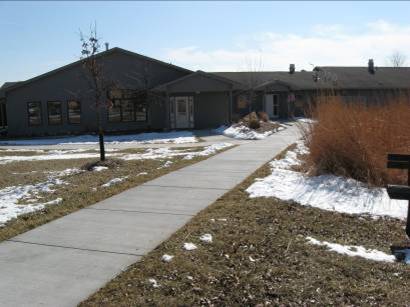
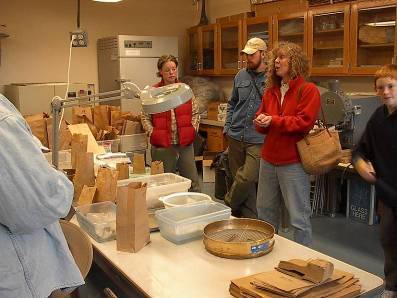
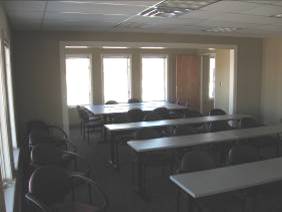
Along with some primitive cabins–very reasonably priced–for overnight stays.
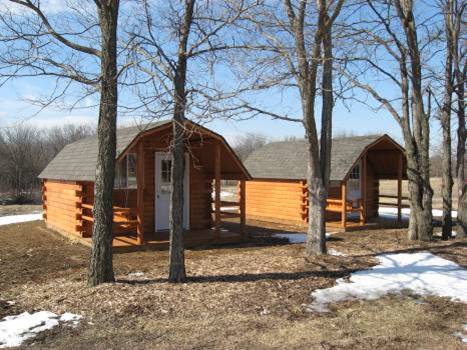
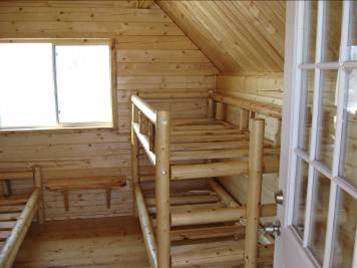
Kansas biology teachers; think about how you might want to use this resource as a destination field study site for you or your students. If you have an interest or some ideas of how to develop this opportunity share it by adding a comment to this thread. You can also let me know with a comment if you need contact information if you are the type of teacher that wants to lead on new opportunities. As the ideas mature and the field station staff develop a good idea of how they wish to structure teacher and student access, I’ll let you know, here on the KABT Bioblog
BW
p.s. I think we will try to work in a trip to the field station at the Fall KABT meeting.
